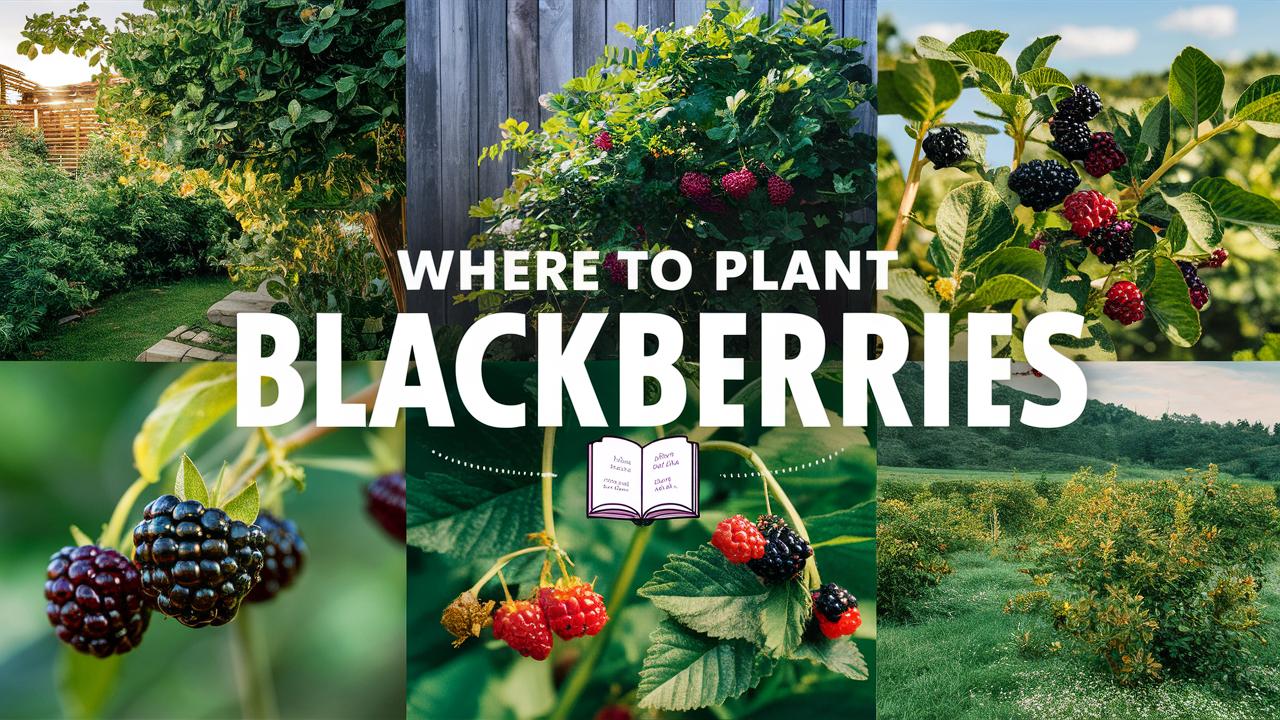This guide will cover everything you need to consider when choosing the perfect location for your blackberry plants.
Understanding Blackberry Varieties
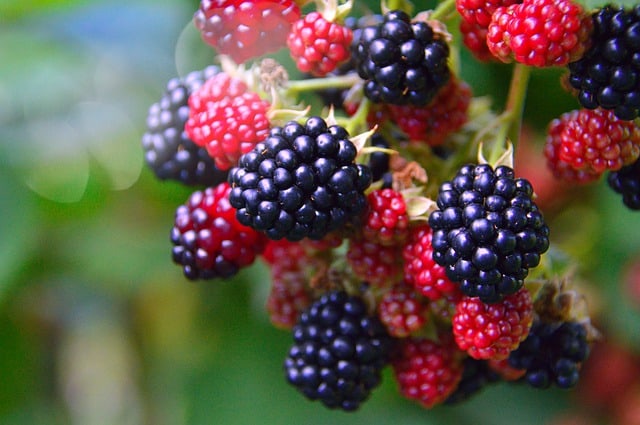
Before delving into where to plant blackberries, it’s essential to understand the different varieties. Blackberries can be broadly categorized into two types: trailing and erect.
Trailing blackberries send out long, flexible canes that need to be supported, ideally on trellises.
Erect blackberries stand upright and, consequently, require less structural support.
The choice of variety may influence planting location, as trailing blackberries benefit from a horizontally expansive area where they can spread out, while erect varieties can be planted in denser spaces.
Climate Considerations
Optimal Temperature
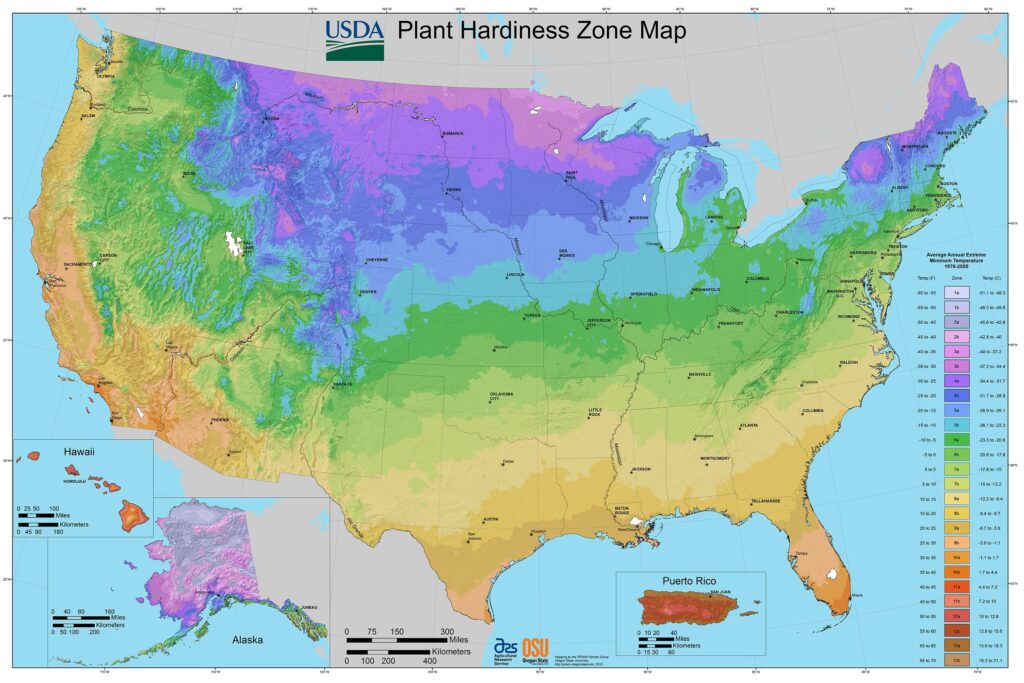
Blackberries thrive best in USDA Hardiness Zones 5 to 10, making them adaptable to a range of climates. In warmer zones, they may need partial shade during the hottest part of the day, while in cooler zones, full sun is often beneficial. Evaluating your local climate will provide crucial insights into where to plant blackberries.
Sunlight Exposure
Sunlight is a significant factor in choosing your planting location. Blackberries perform best when they receive at least 6 to 8 hours of full sun daily. When picking a spot in your garden, look for areas that are not shaded by trees or buildings. Also, consider using reflective surfaces that can help maximize sunlight exposure.
Soil Requirements
Type of Soil

The ideal soil for blackberry plants is loamy, rich in organic matter, and well-drained. Since blackberries grow extensive root systems, it’s vital to ensure they have plenty of room to expand without suffocating in compacted soil.
Soil pH
For optimal growth, the pH level of your soil should be slightly acidic to neutral, ideally between 5.5 and 7.0. You can perform a soil test to determine your soil’s pH and amend it accordingly. If your soil is too acidic, lime can raise the pH, while sulfur can lower it if too alkaline.
Drainage Considerations
Improper drainage is a leading cause of issues with blackberry plants such as root rot. Therefore, it’s essential to select a planting site that drains well. Look for areas that aren’t prone to puddling after rain and consider expanding your planting bed if you live in an area with heavy clay soil.
Slope and Elevation
Planting blackberries on a slope can significantly improve drainage. If you have uneven terrain, choose a higher area where water doesn’t accumulate. Be mindful, however, of the wind exposure at higher elevations, which can damage delicate blossoms.
Proximity to Water Sources
Irrigation Access
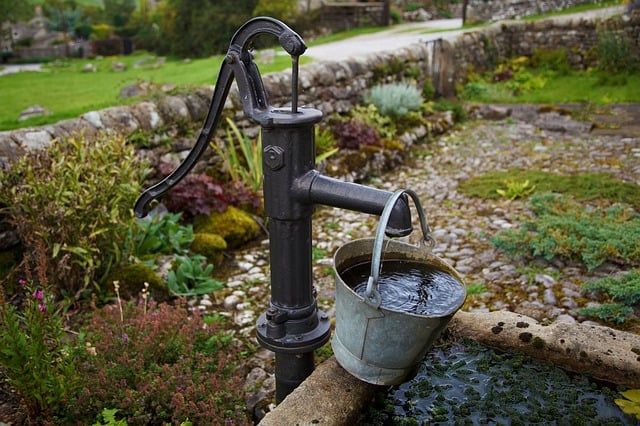
While blackberries prefer well-drained soil, they do require consistent moisture, especially during their fruiting season. When planting, consider how easily you can access watering equipment. If you plan to install a drip irrigation system, choose a spot where water lines can be extended efficiently.
Natural Water Sources
If you have a creek or a pond on your property, consider the proximity to these natural sources for irrigation purposes, but also be cautious. Make sure that your blackberry plants are still planted at a proper distance to avoid being affected by flooding or overly wet conditions.
Spacing Requirements
Planting Density

The final decision on where to plant blackberry bushes often comes down to spacing. Erect varieties should be spaced approximately 2 to 3 feet apart, while trailing varieties can be planted 3 to 4 feet apart along their designated trellis systems.
Companion Planting
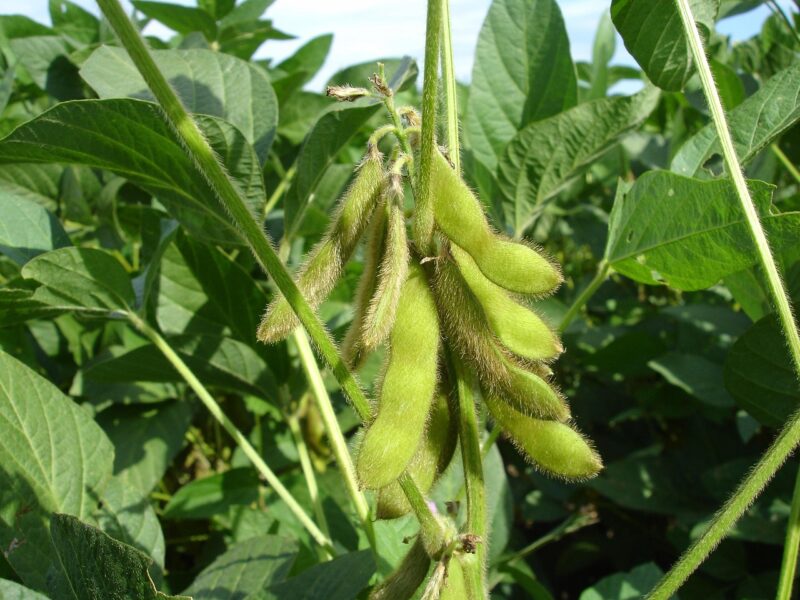
Selecting the right neighbors for your blackberries can enhance both their growth and yield. Planting them alongside companion plants such as marigolds, basil, or beans can deter pests and promote a healthy ecosystem. Just make sure that the companion plants don’t shade the blackberry bushes.
Seasonal Considerations
Timing the Planting
Early spring is usually the best time to plant blackberries, allowing them to establish roots before the summer heat. This is particularly true if you live in a colder climate. In warmer regions, fall planting may also be an option, provided the summer heat has subsided.
Seasonal Temperature Variations
Pay attention to your local climate patterns. Areas with harsh winters will require protected positions for planting, while regions prone to excessive summer heat may necessitate planting less heat-sensitive varieties or opting for locations with afternoon shade.
Maintenance and Care After Planting
Mulching
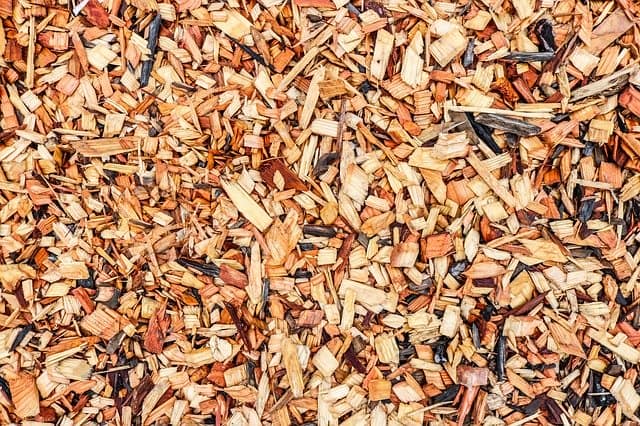
Once the blackberries are planted, applying a layer of mulch can improve moisture retention and suppress weeds, creating a healthier environment for your plants. Straw or wood chips work well, but ensure they don’t come into direct contact with the plant stems to prevent rot.
Pruning Considerations

Knowing how to maintain your blackberries is equally important as knowing where to plant them. Regular pruning helps manage plant health and encourages growth. Consider where you’ll stand while pruning and ensure that the pathway to the plants is accessible and that you can easily reach all canes.
Pest Management and Protection
Identifying Pests
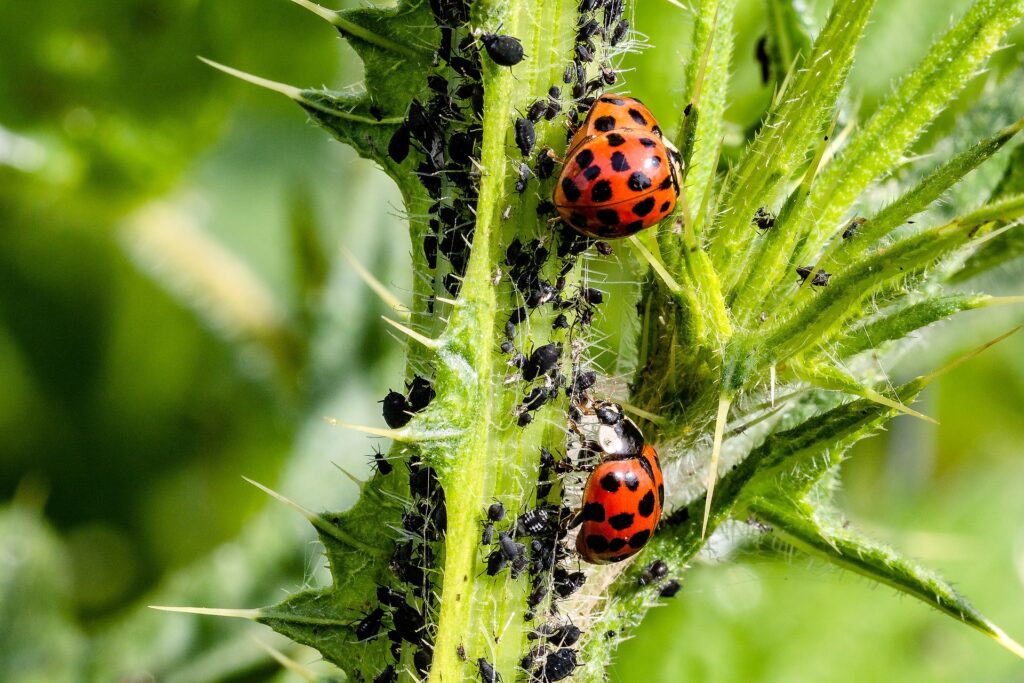
Understanding where to plant also involves strategic planning for pest control. Look for locations that are less prone to pest invasion, perhaps areas away from dense foliage that can harbor harmful insects. Regularly monitoring plants will help you identify pests early.
Physical Barriers
Consider utilizing row covers or netting if birds or other animals are frequent pests in your area. A strategically placed barrier can prevent birds from pecking at your precious harvest. Choose a location where installing these barriers won’t be problematic.
Long-Term Considerations
Future Growth Trajectory
When selecting a planting site, envision how your blackberry bushes will grow over the long term. While a small space may suffice initially, you may realize that your blackberries could become bushy in a few years. Aim for a location with ample room for expansion.
Crop Rotation
If you’re planning a larger garden, consider incorporating blackberries into your crop rotation schedule. Different crops can positively or negatively impact soil vitality and overall plant health. Research proper rotations that will complement or contrast well with that of blackberries.
Common Mistakes to Avoid
Not Considering Microclimates
Within your larger garden, microclimates may exist. Areas surrounded by stone walls may be warmer, while shaded corners may be too cool. Consider these factors when planning your blackberry planting to avoid misjudgments based on average conditions.
Too Much Shade
Some gardeners mistakenly plant blackberries in spots that seem sunny but are partially shaded by nearby plants or structures. Ensure that chosen locations truly receive the amount of sun needed to produce fruit optimally.
Ignoring Local Advice
Every region has its quirks when it comes to gardening. Engaging with local gardening communities, whether online or offline, can provide valuable insight into the best places to plant blackberries in your area.
Conclusion
Planting blackberries can be a fulfilling endeavor, offering bountiful harvests when done correctly. By considering factors such as climate, soil quality, drainage, proximity to water, and companion planting, you can select the optimal location for your blackberry plants.


